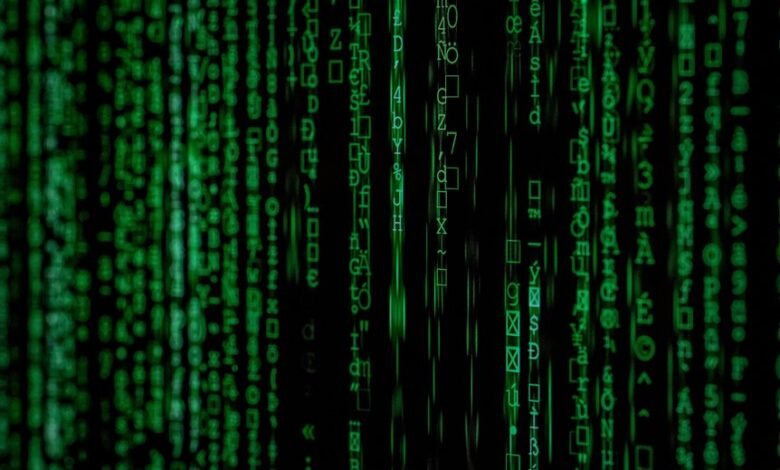Breaking It Down: 18337693124

The number 18337693124 presents an intriguing case for analysis. Its composition reveals a blend of digits exhibiting unique mathematical properties. Each digit plays a role in the overall structure, inviting exploration into factors such as divisibility and prime components. This examination raises questions about the significance of such large numeric strings. What insights can be gained from understanding their relationships and applications in various domains?
Understanding the Structure of 18337693124
The number 18337693124 presents a fascinating case for analysis due to its distinct structural components.
Through numeric segmentation, one can identify its composite elements, revealing notable mathematical properties such as divisibility and prime factors.
Each digit contributes to the number's overall complexity, providing insight into its formulation.
This exploration fosters a deeper understanding of numeric relationships and the inherent nature of mathematical structures.
The Contextual Significance of Numbers
Contextual significance imbues numbers with meaning that transcends mere quantification. In various cultures, numerical symbolism varies widely, influencing beliefs and practices.
For instance, the number 7 often signifies luck in Western societies, while 8 holds connotations of prosperity in Chinese culture. Such cultural interpretations highlight how numbers can evoke emotional responses, shaping individual perspectives and societal norms beyond their mathematical value.
Applications of Large Numeric Strings
Although large numeric strings may appear daunting at first glance, their applications span various fields, demonstrating their significance in data processing and analysis.
These strings facilitate numeric encoding, enabling efficient storage and transmission of vast datasets. Additionally, they play a crucial role in data compression techniques, optimizing space and enhancing performance.
Thus, their utility is evident in modern computational practices.
Exploring Patterns and Trends in Data
How can analyzing patterns and trends in data enhance decision-making processes?
By employing data visualization techniques, organizations can facilitate pattern recognition, revealing insights that may otherwise remain obscured.
This analytical approach allows decision-makers to discern correlations and anomalies within datasets, ultimately fostering informed choices.
Recognizing these trends empowers individuals and groups, promoting autonomy in strategic planning and operational efficiency.
Conclusion
In conclusion, the exploration of 18337693124 unveils a numeric tapestry reminiscent of a Fibonacci sequence, where each digit plays a pivotal role in the overarching structure. This analysis not only highlights the inherent mathematical properties and patterns but also underscores the profound significance of large numeric strings in contemporary data applications. As one delves deeper into the realm of numbers, they may find echoes of Pythagorean harmony, revealing the elegance that lies within complexity.




